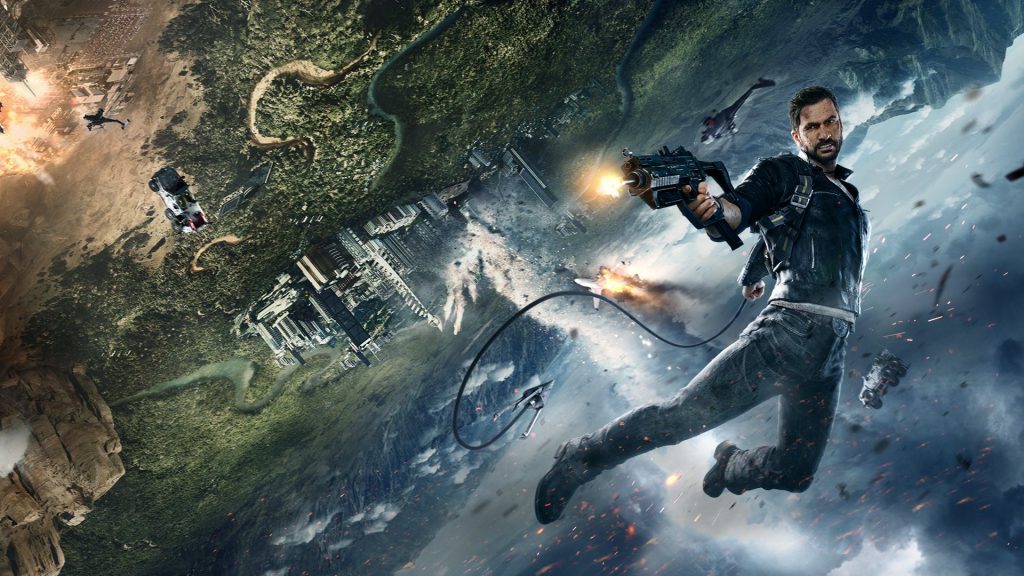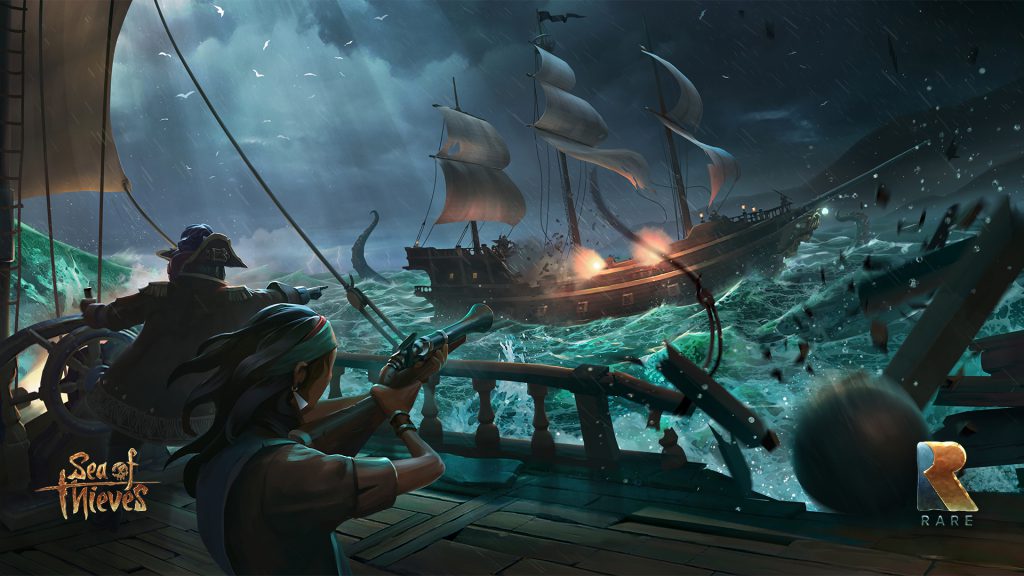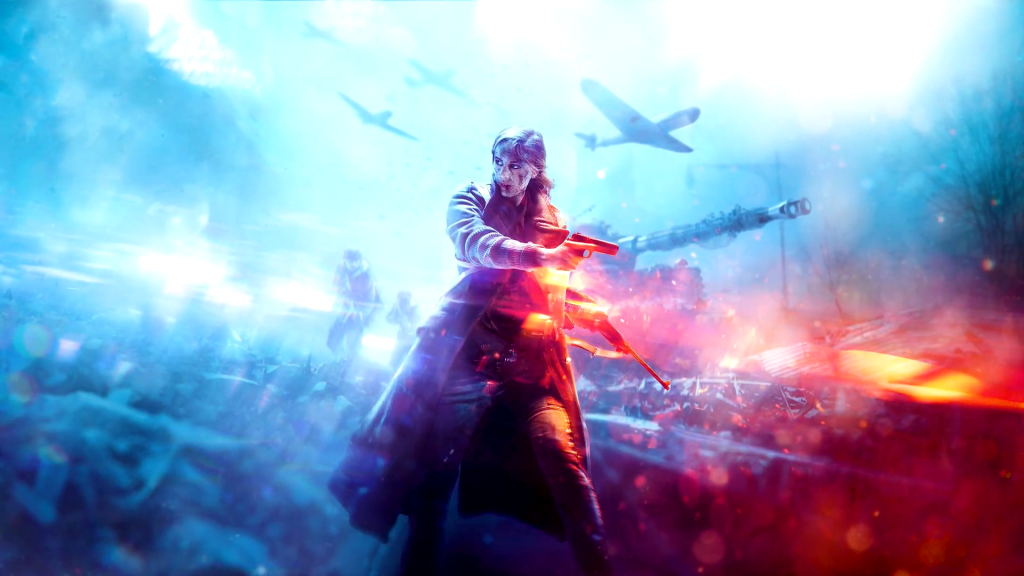Planetary Annihilation is a complex, massive RTS, where most matches take place across multiple planets. It didn’t tell me how to get 100 orbital landers to pick up 100 tanks, or how to set my constructors to assist each other. It didn’t explain the tech tree or why I couldn’t build metal and energy storage yet. Even now, after spending close to an hour fiddling with the messy key bindings menu, I still don’t know how to rotate the camera.
Planetary Annihilation: Your commander was building power generators and bot factories while a team of constructors scoured a green planet for untapped metal deposits. About 50 units—tanks, mechs, and anti-air—lined up for a portal that would take them to the enemy moon.

Once they arrived and secured a stronger foothold, hundreds more would follow. With the only two resources—metal and energy—coming in steadily, and a row of factories set to auto-build, I’d created an army that would put the American military industrial complex to shame. It covered almost the entire surface of the planet, and as I zoomed out into space and spun it around I was drunk with power.

Y could carpet bomb the moon with nukes, harvest gas giants for energy, or build huge engines on smaller celestial bodies to change their orbit and crash them into your enemies.YouI’ll get back to that bug we mentioned in a moment, but learning to execute any these strategies was also far too difficult. The game’s only tutorial is an embedded, low quality YouTube video, and it only skims over the basics using a UI from previous builds.
The Galactic War mode is a series of AI matches tied with a 2D galactic map that for some reason slowed my framerate down to single digits. After every match, I got to choose which system to attack next and upgrade my army with pieces of tech that are all available in multiplayer. It didn’t do the best job of explaining different strategies, but it did force me to experiment with aerial and naval units by staggering access to the full tech tree.
 Free Chrome New Tab Extensions Chrome New Tab serves free extensions for the Google Chrome web browser. Customize your browser's new tab page and display different wallpapers each run.
Free Chrome New Tab Extensions Chrome New Tab serves free extensions for the Google Chrome web browser. Customize your browser's new tab page and display different wallpapers each run.



